benefits of babywearing 101
If you are the parent of a newborn, you have most likely asked yourself: “What is wrong with my baby; every time I put them down, they cry!”
Here comes a truth bomb: Nothing is wrong with your baby. Babies are physiologically hardwired to seek out their mother, and mothers are physiologically hardwired to respond to their baby by picking them up and consoling them.
You and your baby were never meant to be separated.
Through history, mothers wore their babies and kept them close at all times. This made responding to baby’s cries much easier since they were always available. With the invention of swings, bouncers, bassinets, and you-name-its, we saw a shift away from this mother-baby connection and toward independent soothing.
Being close to mom is soothing. From a sensory perspective, baby can smell mom’s scent, hear mom’s heartbeat, feel the rhythm of her movement, is held in a close hug against her chest, and is the perfect distance away to be able to focus on her facial features. All of these sensory experiences are baby’s safe space, so when we go to put baby down, they don’t feel safe anymore and start to cry. It’s stressful for babies, particularly newborns, to be separate from their mothers! But of course, you cannot function if you are always carrying your baby, so what can you do?

Wear your baby.
Research shows that keeping your baby close has a long-lasting effect on neurodevelopment and behavior. The effects of skin-to-skin contact and kangaroo care are beneficial to both baby and caregiver in many ways. Particularly for preterm babies, skin-to-skin contact and kangaroo care have shown to improve growth and weight gain. What exactly is the connection between keeping your baby close and their weight gain?
Wearing your baby makes you more likely to respond to your baby’s cries, quicker.
Keeping your baby close means that you will learn their cues and understand their needs much quicker than if you swaddle them up to lay in a swaying, vibrating, music playing bassinet to be soothed to sleep artificially. Studies have found that babies that are worn cry less. When babies cry, they are in a state of fight or flight (sympathetic nervous system), which inhibits their ability to rest and digest (parasympathetic nervous system). By being close to your baby and responding to baby’s needs quickly, you are keeping baby in a parasympathetic dominant state, which means that they are better able to digest food (hello reflux and gas, or “colic”) and therefore more likely to gain weight.
Babywearing can help improve muscle strength.
When you wear your baby, it counts as tummy time! This means that you don’t have to put aside time to schedule it into your day, although free movement on the floor is incredibly important as well. If your baby is not a fan of tummy time on the floor, you may find that tummy-to-tummy time with you is more well-received. Baby is still working on strengthening the muscles of the head, neck, and back when being worn, and will also respond to your movements by activating certain muscles in response! It is also giving the added benefit of relieving pressure on the skull which can reduce flat head syndrome, just as tummy time would.
Babywearing is the perfect way to prevent people from touching your baby.
If you cringe every time someone tries to poke their head into your baby’s stroller, or tries to touch their face, or tries to pick them up, fear not. Most people will not stick their hand in your wrap as your baby is snuggled in by your chest. It’s a clear boundary that says, “my baby is comfortable where they are and no you cannot hold or touch them.”

Get things done while your baby is close.
Babywearing can be especially helpful for managing symptoms of reflux and improving digestion since baby is held upright. After a feed and change, baby goes directly in the wrap or carrier and stays there for as long as you both are happy. You do not need to take your baby out for naps, and if you are comfortable, you can even feed baby in the wrap or carrier. With baby in the carrier; feeling safe and in contact with you is the best way for baby to get a nice long nap, and for you to prepare a meal for yourself and do things you need to do around the house.
(Side note: if mom is not available then baby will still benefit from being held or worn by another caregiver.)
Guest Blog Contributor
Violetta Matayeva, MS, OTR/L
References:
Charpak, N., et al. (2016). Twenty-year follow-up of kangaroo mother care versus traditional care. Pediatrics, 139(1). doi:10.1542/peds.2016-2063
Reynolds-Miller, R. L. (2016). Potential therapeutic benefits of babywearing. Creative Nursing, 22(1), 17-23. doi:10.1891/1078-4535.22.1.17
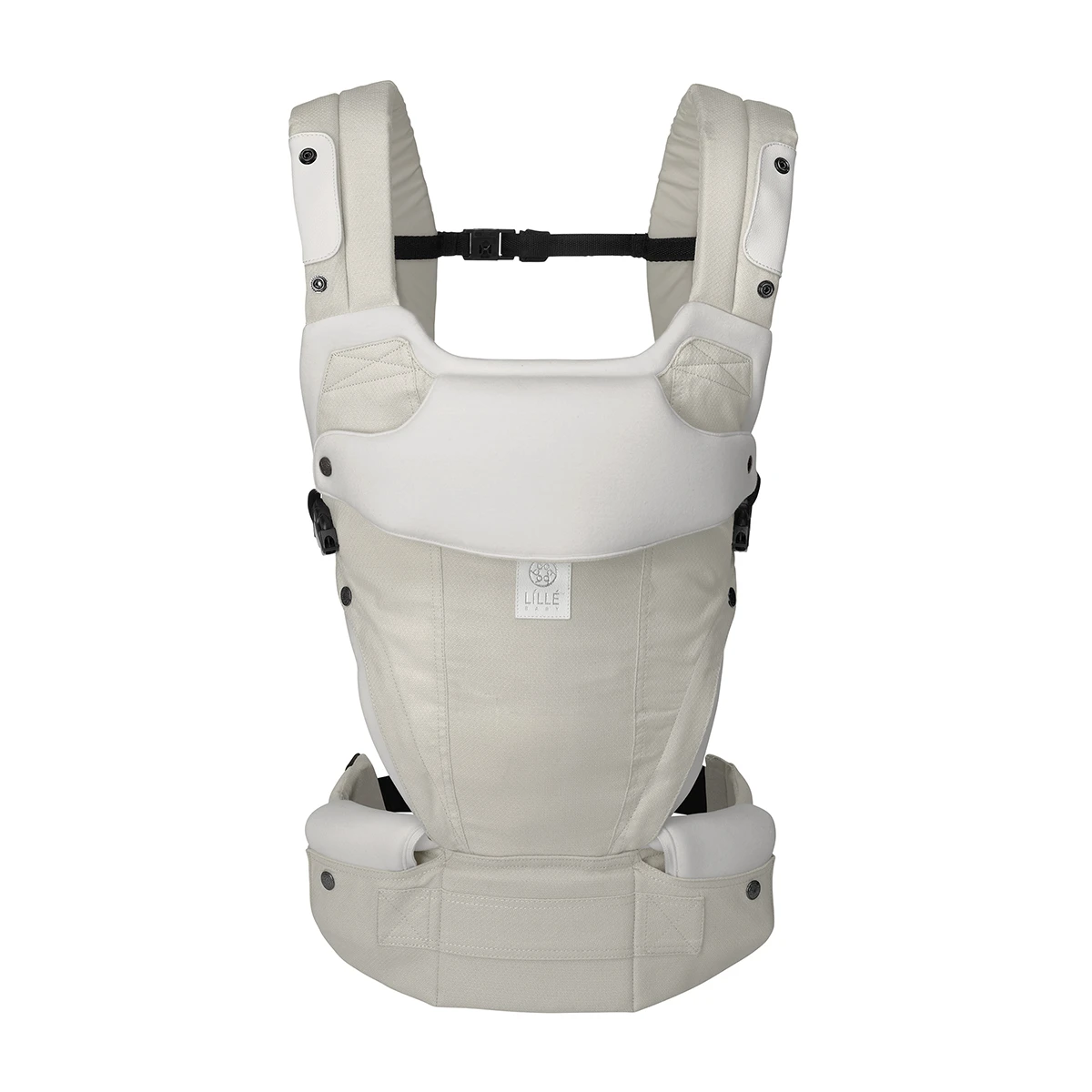
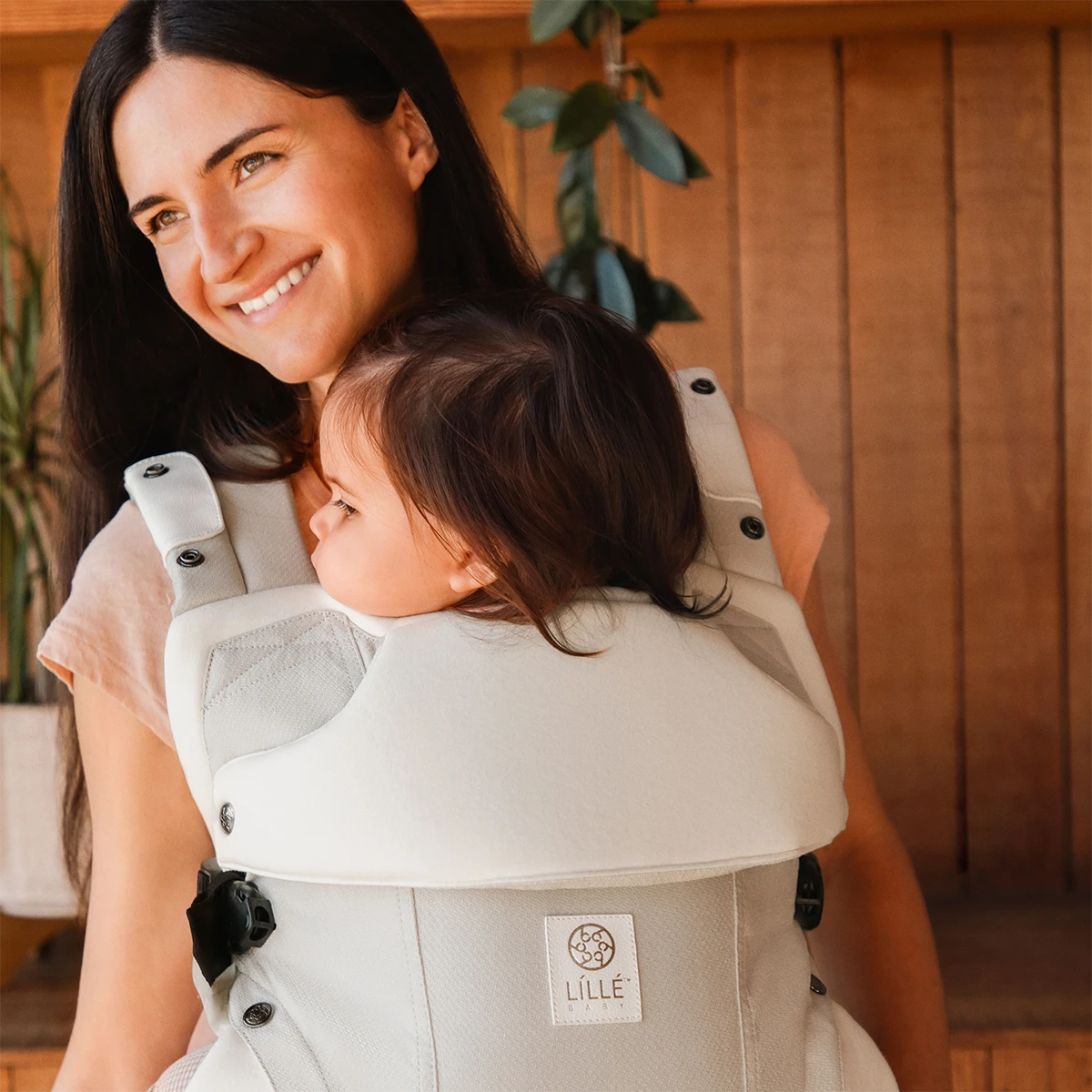
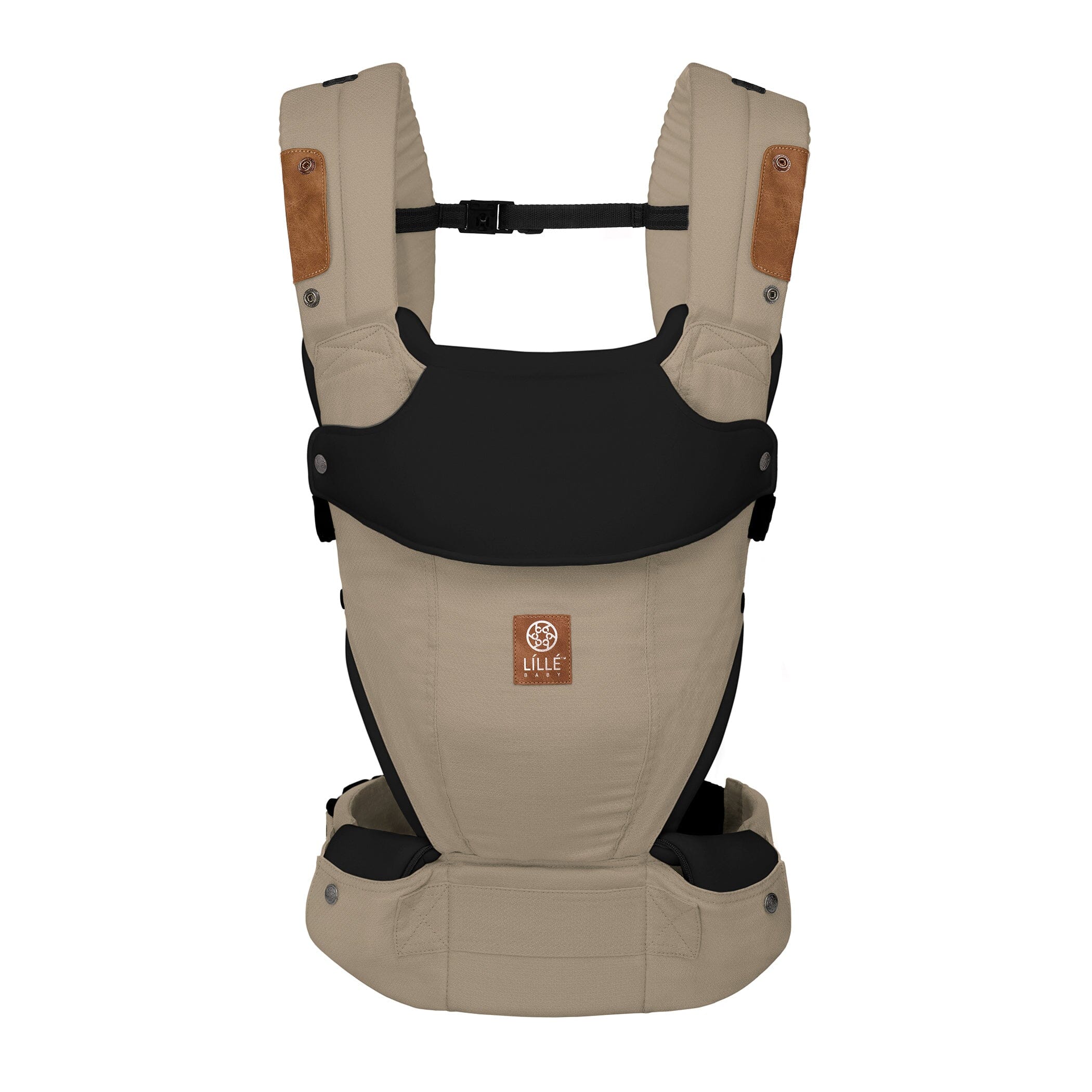
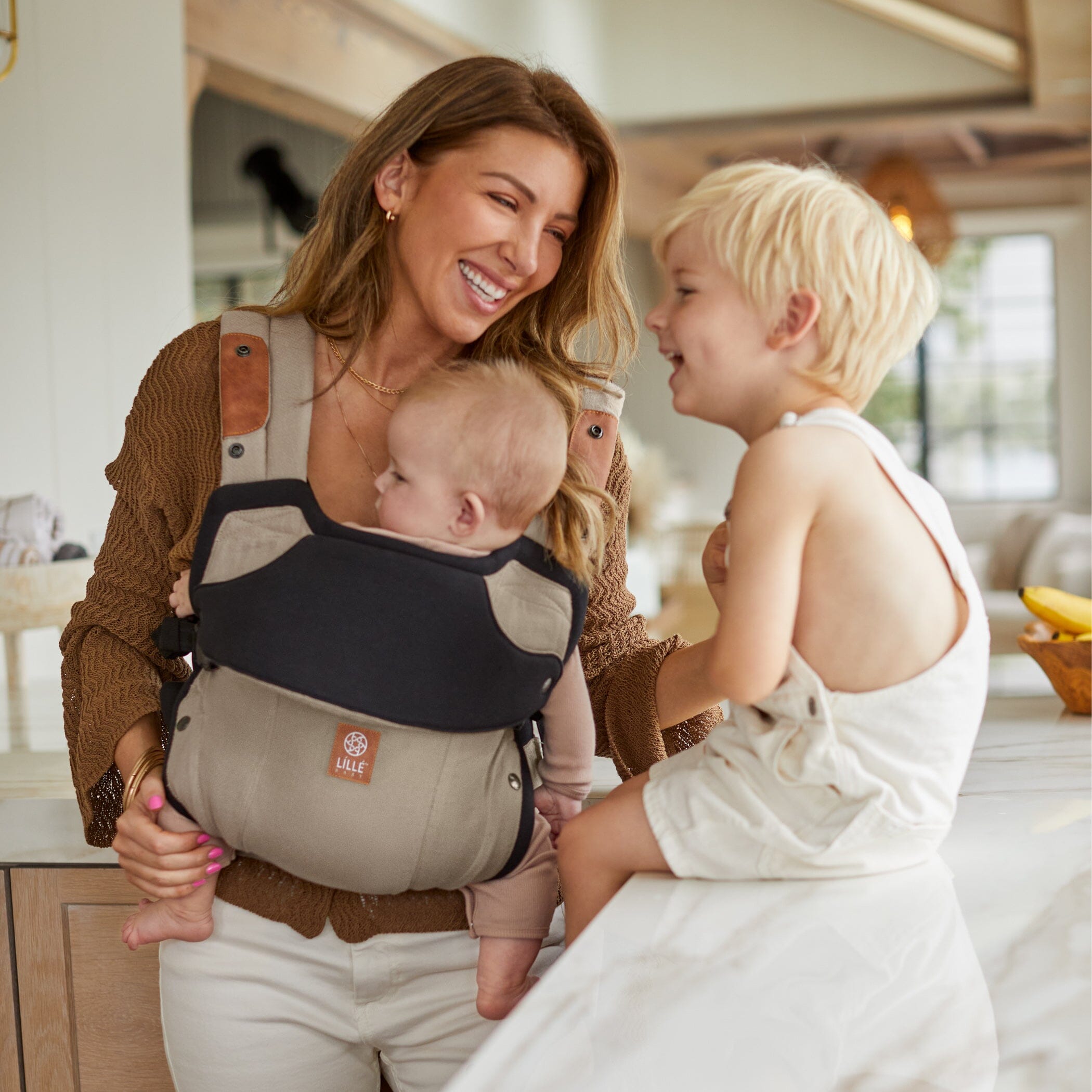
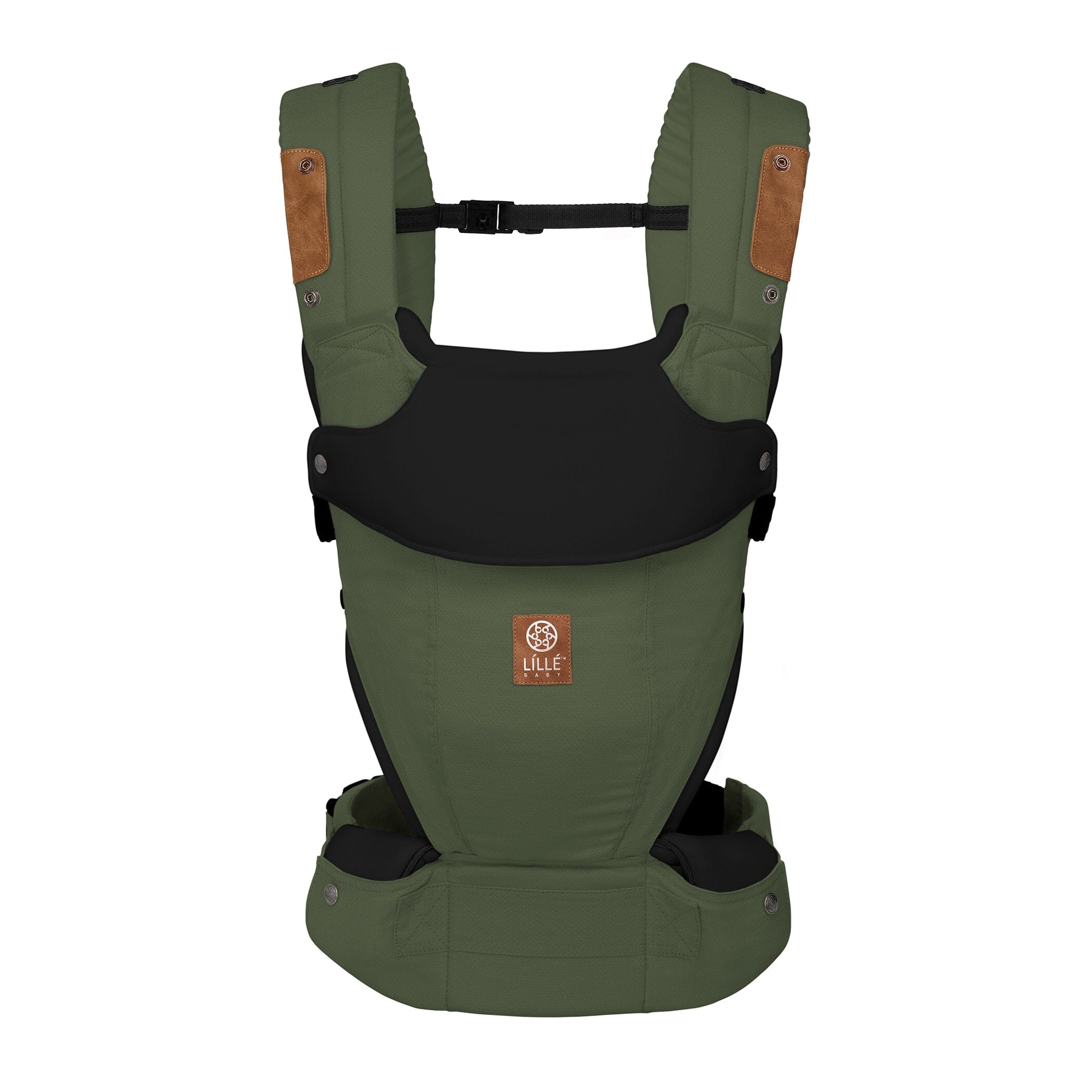
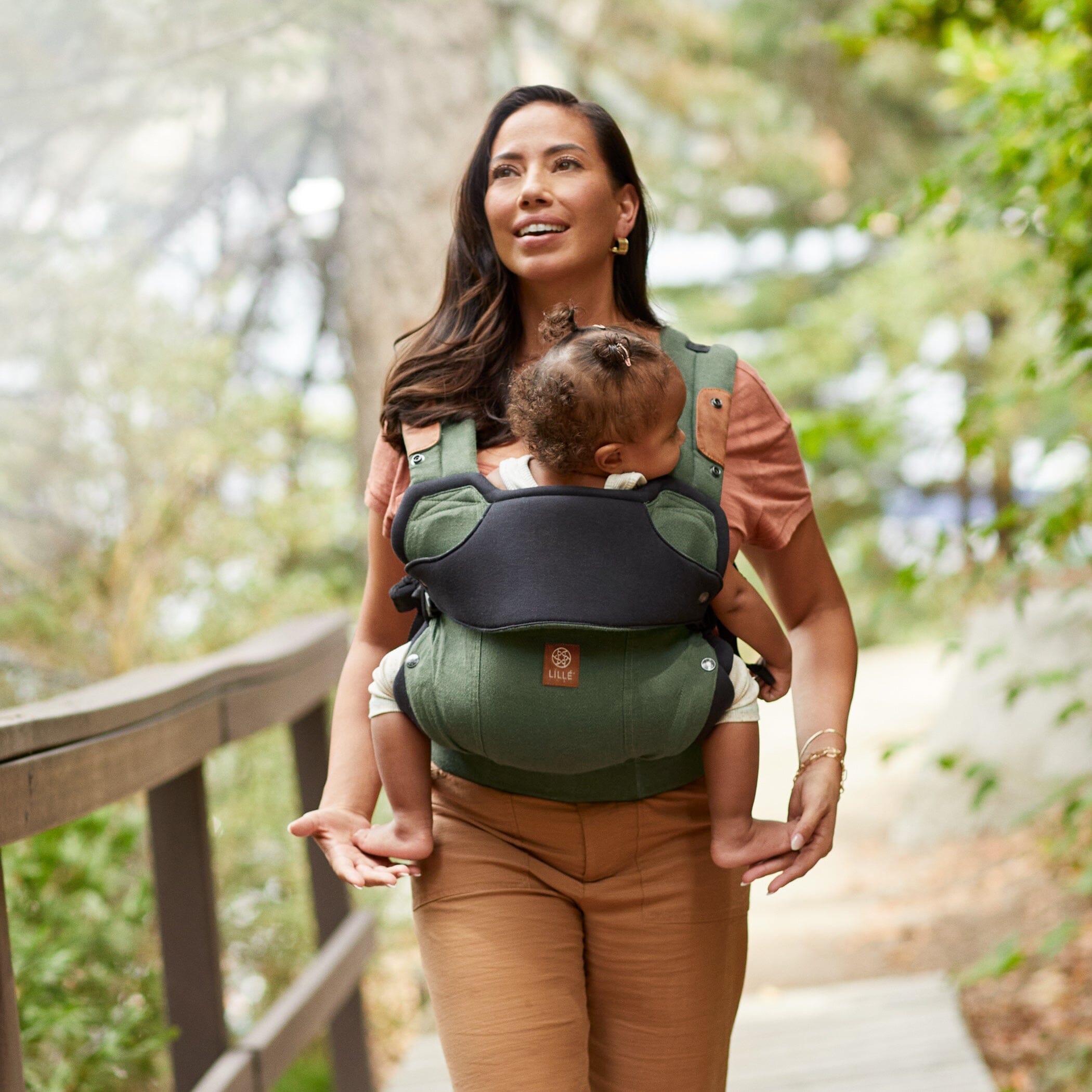
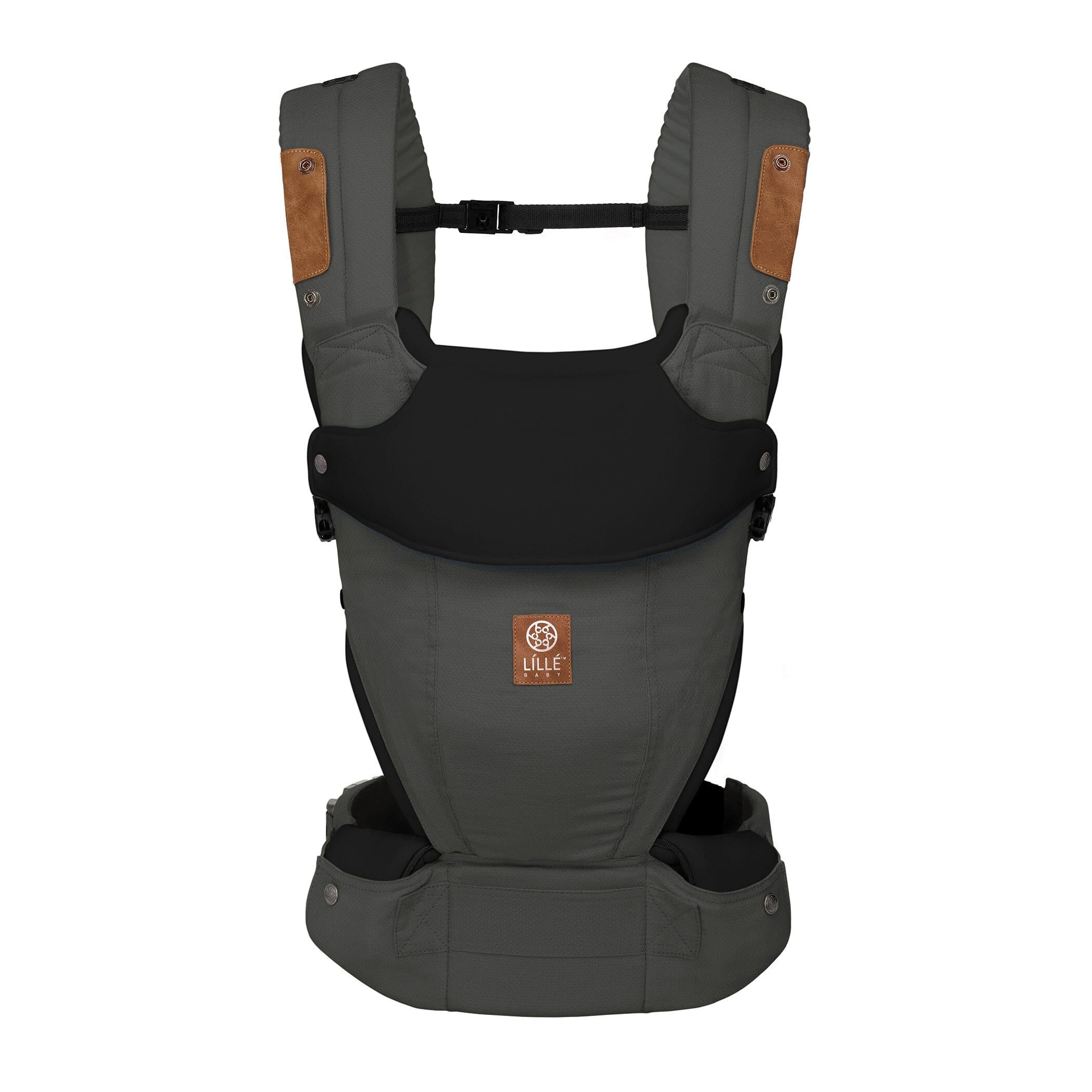
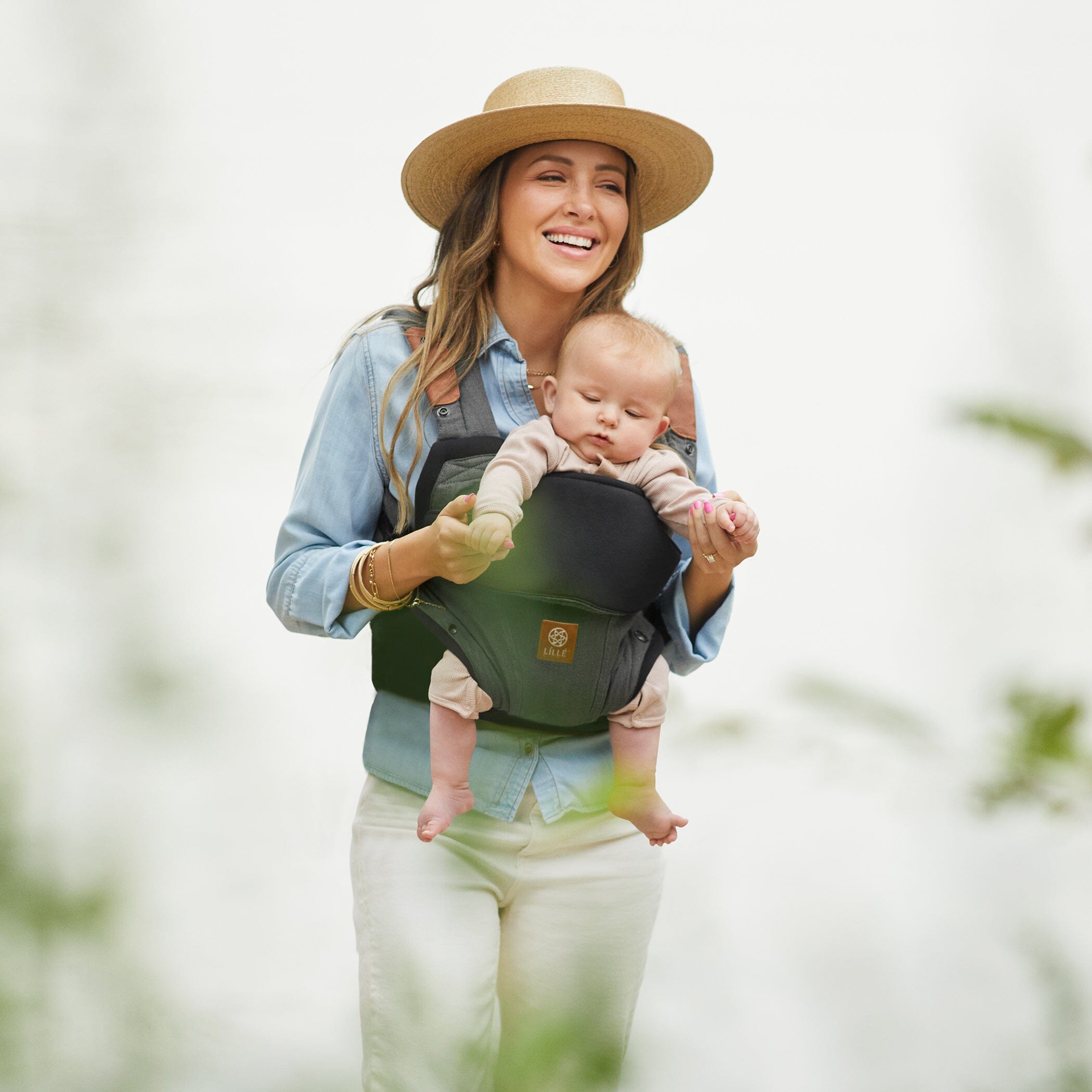
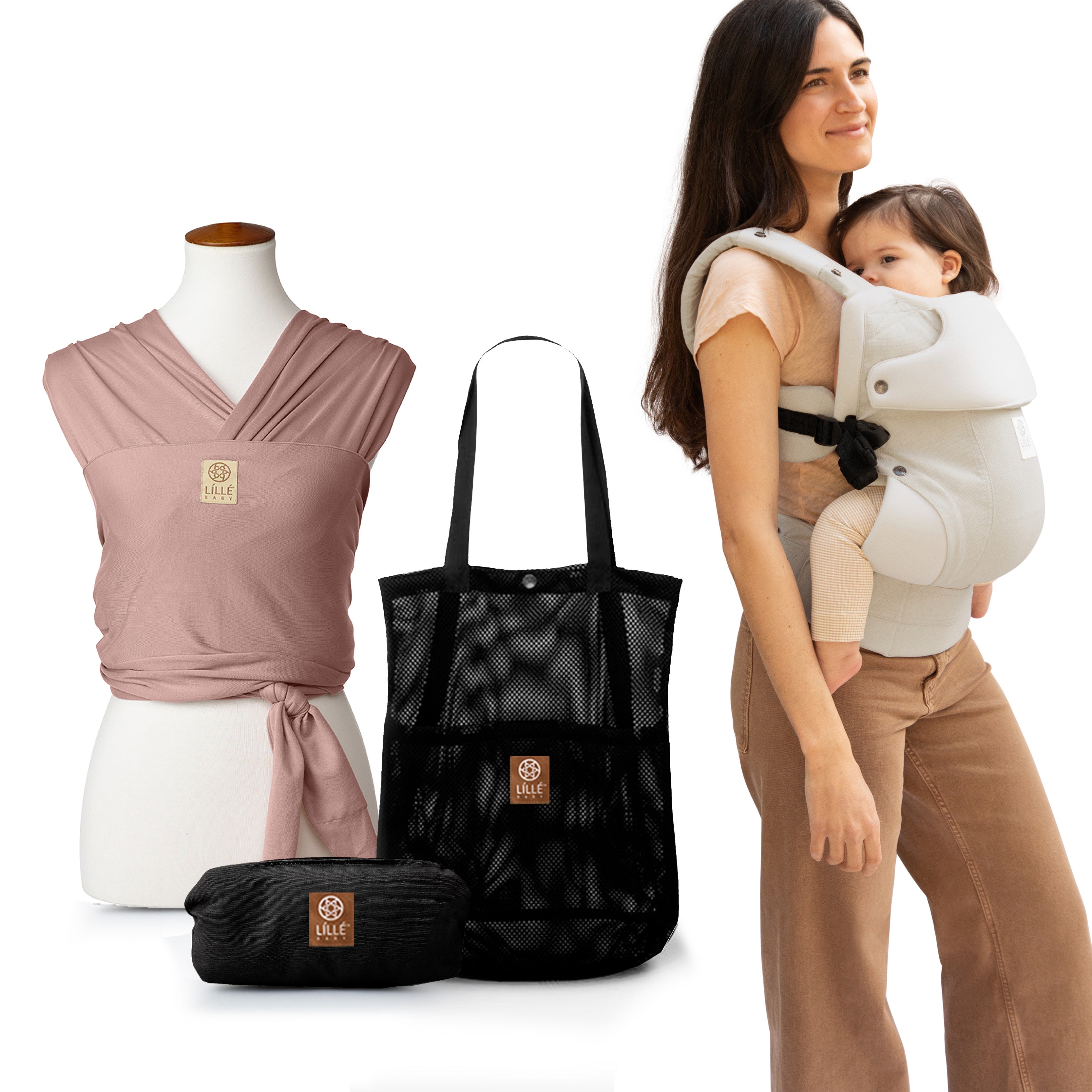
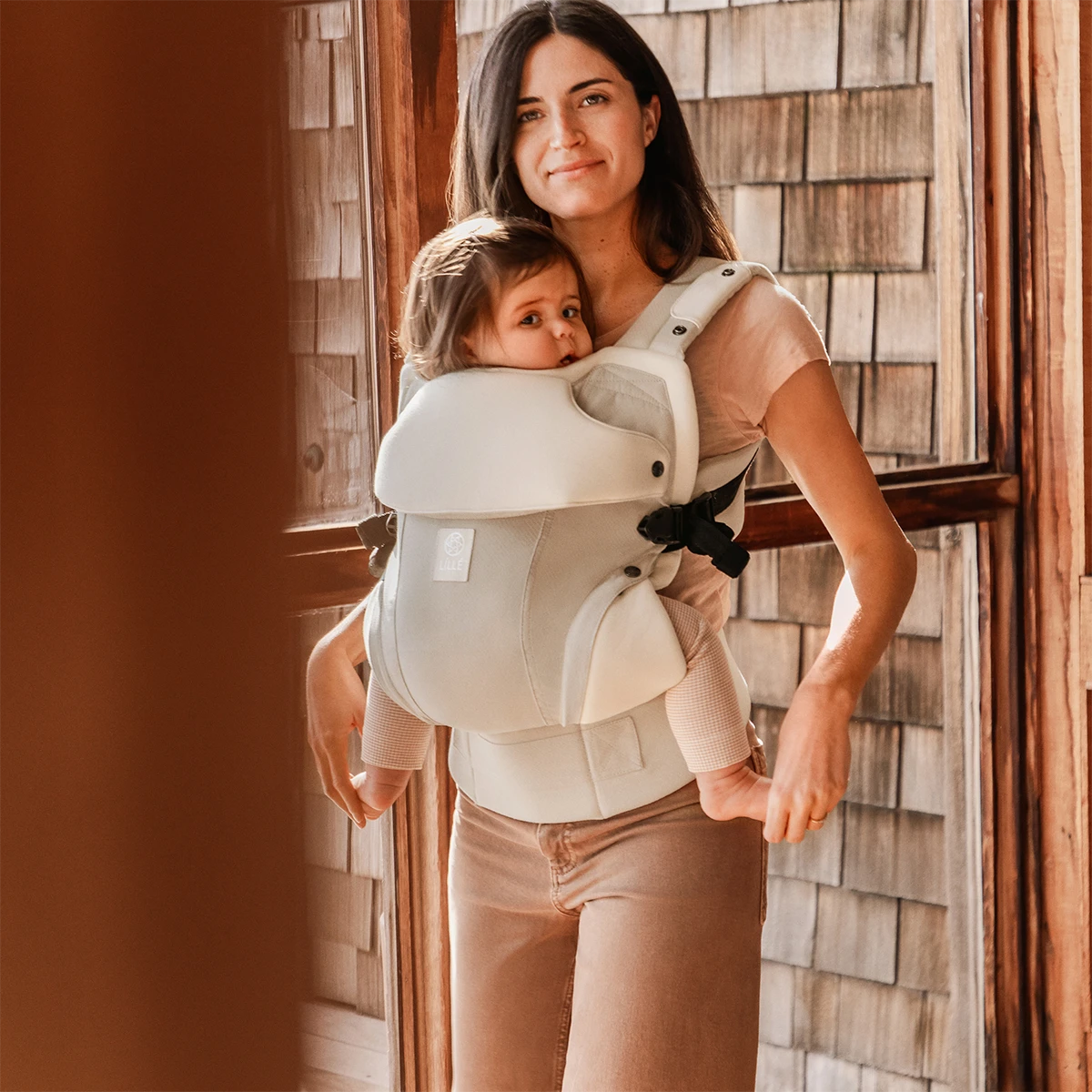






Leave a comment